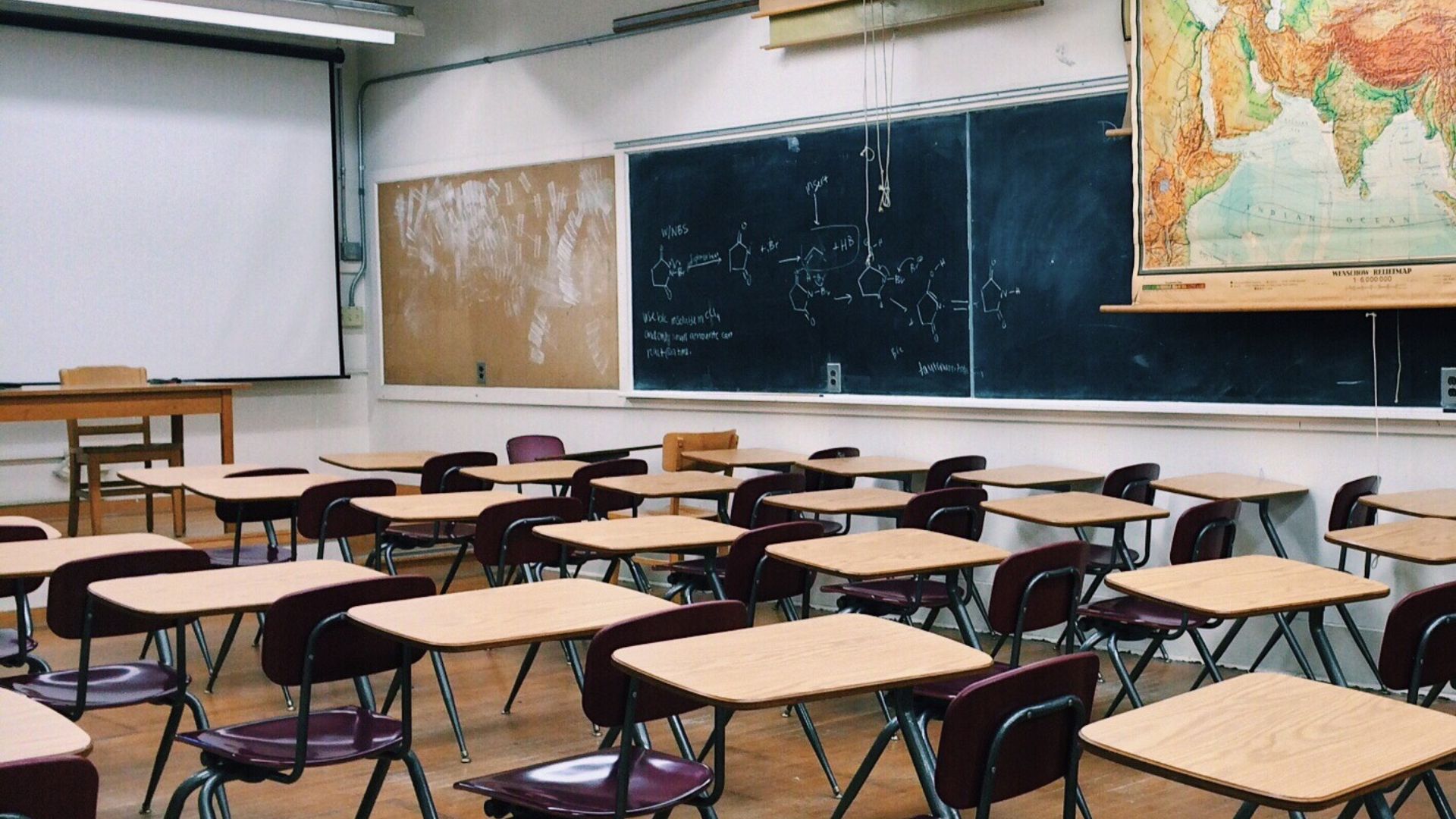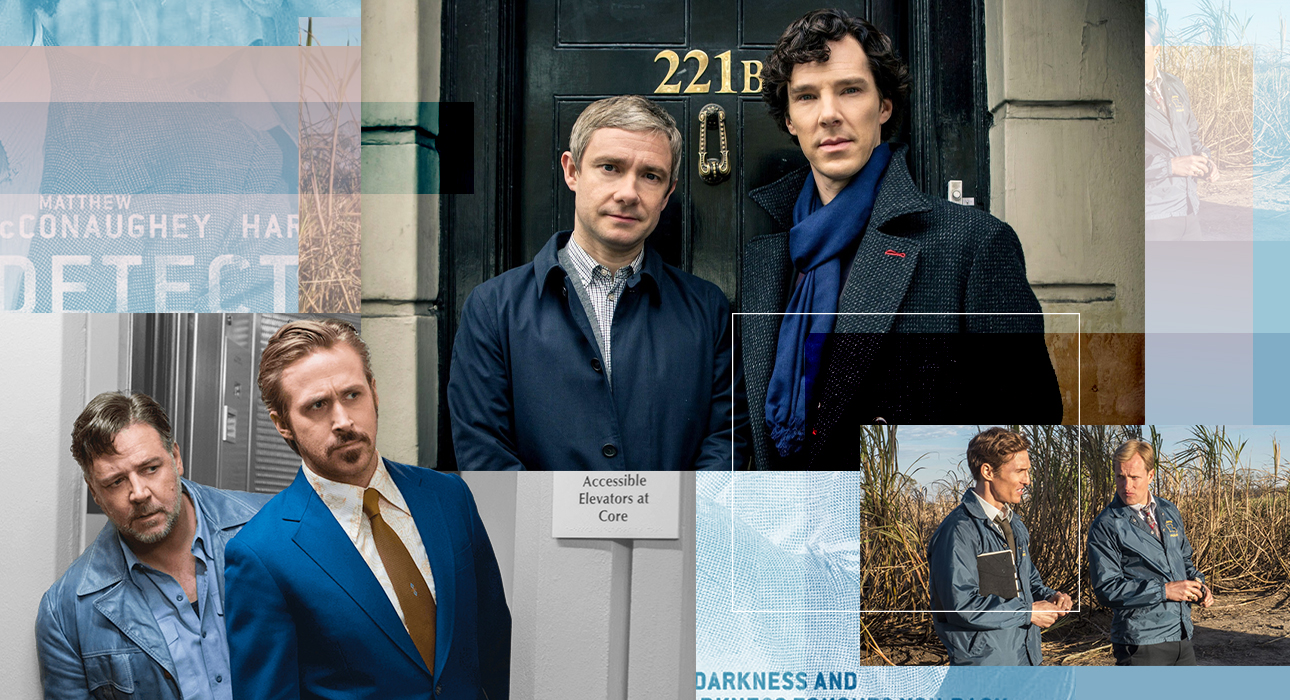In France, one third of secondary school students feel school anxiety. Sometimes it happens that this stress develops into such strong anxiety that they drop out, little by little, until they can no longer go to class. An experimental system set up in Strasbourg welcomes these young people to help them find school desks or to guide them towards a career path that satisfies them. Could this be the ideal solution to combat stress at school?
A third of high school students suffer from academic anxiety
According to a survey conducted by the Ecol’huma association with more than 1,000 teachers, it is found that on average one third of students express a state of school stress or anxiety. That would already be 18% in kindergarten, 25% in elementary school, 26% in college and 31% in high school. Anxiety in the school environment is manifested by aggression, risky behavior or, conversely, self-isolation, self-depreciation or cynicism towards the institution.
This study also links students’ stress level and school disengagement rate and therefore demonstrates that anxiety has a negative impact on the career of those who suffer from it.
In some cases, this anxiety becomes so strong that it turns into school phobia. This phenomenon would affect around 1 in 4 pupils during school and is manifested by an irrational fear and panic to go to school and talk about anything related to their school environment. Alternative solutions must therefore be found to allow these young people to calmly resume their studies or training.
Brik’école: a device to support school phobia
In the Haut-Rhin, Brik’école accompanies about fifteen students whose anxiety no longer allows them to follow a traditional school. While several facilities of this type already exist in France, this device is the first that is not installed inside a school or hospital and allows students to get back on their feet in a neutral place.
From October to May, adolescents follow a program adapted to their condition, including light general courses, the discovery of new artistic practices and interventions by health and education professionals, but also by artists.
Within this structure, the children rebuild themselves little by little and learn to appreciate these hours of learning spent in small groups. Between sharing and discovery, the students gradually feel capable of remobilising and undertaking future projects.
At the end of the school year, every teenager can get back on the path that suits them. Of the 16 students in the class of 2022, 12 have already returned to school or found training. Something to inspire the traditional system and give it a way to relieve the many students who go to school with a knot in their stomach.
Source: Madmoizelle
Mary Crossley is an author at “The Fashion Vibes”. She is a seasoned journalist who is dedicated to delivering the latest news to her readers. With a keen sense of what’s important, Mary covers a wide range of topics, from politics to lifestyle and everything in between.





